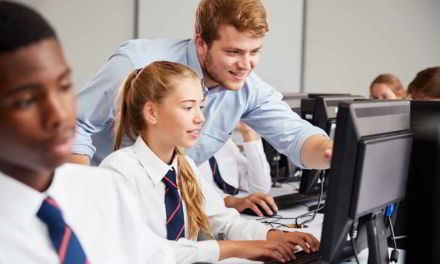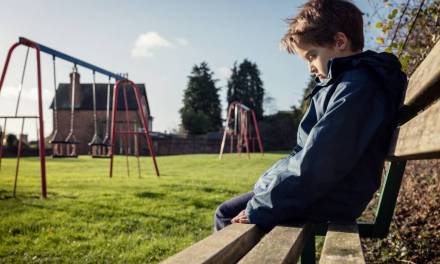Nearly 300 million children are currently missing classes as a result of Covid-19 coronavirus. As of last week, 22 countries on three continents have closed schools, which has triggered the United Nations to warn, “the global scale and speed of the current educational disruption is unparalleled.”
The epidemic has shaken industries around the world. Schools thrown into home-school has hit industries the hardest that rely on students in schools and parents in work.
Virtual classrooms can help to ease the social unrest that is likely to be caused by the crisis. But what are these problems and what is the solution? Here is all you need to know about how other countries have approached learning and revising as a result of coronavirus – and the use of a virtual classroom.
How are virtual classrooms keeping education going around the world?
According to Vox, “Closing schools can be a necessary precaution to keep students, teachers and families safe if someone in the school community is infected with the coronavirus.”
Last week, Italy said they would extend school closures beyond the north, where the Government had imposed a lockdown of several towns which has now extended to the rest of the country.
Boredom is a huge detriment which could be caused by social isolation. In Hong Kong, schools have been closed since January with families made to shelter in isolation. “When can we go out to play?” When can we go to school?”, Gao Mengzian, a security guard in the region has said his daughters are constantly saying.
The mother of the two daughters has stopped working to look after the daughters: a trend that may be replicated should widespread school closures affect the UK.
Another issue is that older students in some of the countries affected are missing crucial revision and learning sessions. Younger children, too, risk falling behind on reading and maths.
For staggered closures, some parents have moved children to new schools. This has meant that major milestones such as graduation ceremonies or last days of school are missed.
Turning to virtual classrooms can reduce the effects of these problems – as it ensures continuous learning.
How will virtual classrooms look in ‘coronavirus Britain’?
To minimise the disruption on parent lifestyles it is important that distractions in virtual learning are kept to a minimum. A truly engaging virtual platform can keep students occupied, and mean that parents can continue working from home in their own job roles.
Issues that have arisen in some countries where virtual learning has been utilised, including:
- Grandparents being required for childcare, but not understanding technology
- Young children being left unattended
- Poor internet signal
- And other issues associated with the complete change of family’s daily life
The UK Government need to consider how to provide help to the families most affected and how children can utilise the technology, bearing in mind the issues above. Japan’s Government is offering financial help to parents, small businesses and health care providers.
The Centers for Disease Control and Prevention has also emphasised that schools should continue to protect students from bullying and mental health, which – if the pupils feel they are away from discipline – may be more prominent in virtual environments in the short term.
The CDC states: “School plans should be designed to minimise disruption to teaching and learning and protect students and staff from social stigma and discrimination.
“Plans can build on everyday practices (e.g., encouraging hand hygiene, monitoring absenteeism, communicating routinely) that include strategies for before, during and after a possible outbreak.”
EDLounge Limited’s virtual classroom learning
EDClass+ from EDLounge Limited offers your organisation an alternative practice and a way to educate a wide range of learners by remote learning, virtual learning and off-site learning.
With access to more than 11,000 lessons, the online platform is suitable for assessments, homework, revision and exams – as well as being an effective management platform for teachers and SLTs.
Safeguarding is the number one priority, with a range of in-built facilities used to keep pupils safe. As well as core subjects like English, Maths and Science, the software also has lessons dedicated to bullying and mental health – which may have been triggered as a result of self-isolation.
EDClass+ also features an alarm mechanism, instant chat functions and eyes-on learning to ensure pupils can highlight any issues. Further, all EDLounge staff are enhanced DBS checked.
You can read testimonials of EDClass here. To view the 2019 Ofsted report of EDLounge, click here.
For more information on EDLounge’s virtual classroom, call 01909 568 338.









